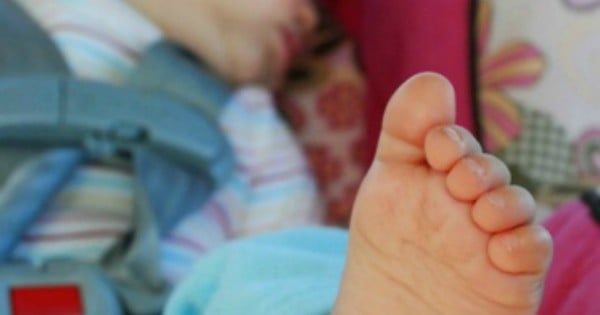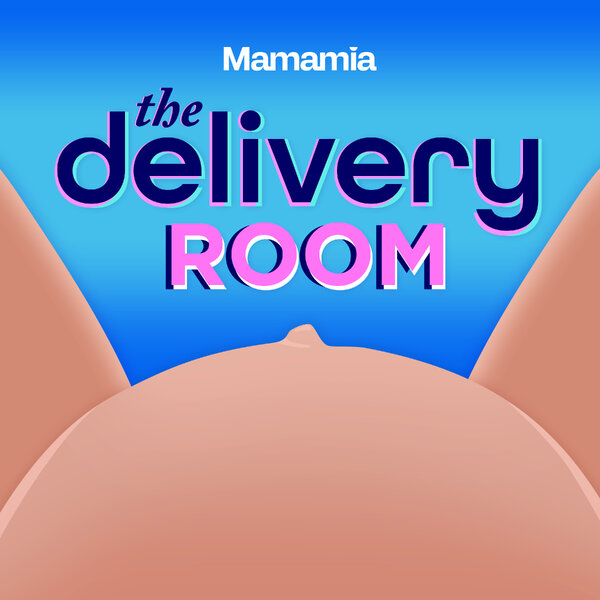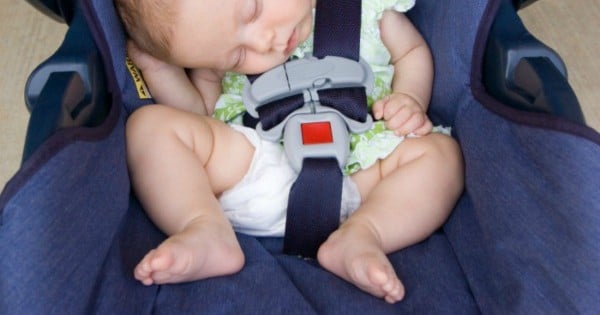
The death of this baby serves as a stark warning to all of us.
“I woke up at around 4.30am and saw that Leia-Mai was not breathing and her lips had turned blue.”
“I took her out of the swing, gave mouth-to-mouth resuscitation and dialled 999.”
“When the paramedics arrived I pleaded with them to get my baby to breathe.”
These are the heartbreaking words from a mother who couldn’t save her child.
The death of a three-month old girl in UK has reminded us of the dangers facing our infants – some in ways that many of us take for granted to be safe.
Last June 12-week old Leia-Mae was given her nighttime bottle and placed in a baby bouncer. She had spent the day shopping with her mother and two siblings for Father’s Day presents. Her exhausted mother fell asleep on the couch.
When 24-year old mother, Danielle Jones from Gloucestershire in the UK woke up at 4am her baby daughter Leia-Mai Smith was unresponsive.
The desperate mother-of-three attempted mouth-to-mouth and called paramedics but tragically it was too late.




Top Comments
I remember when my boys were babies, when we visited people if they were asleep in the capsule that's where they stayed, never unattended though. If we stayed somewhere overnight they would sleep in their pram as newborns(pre portacot days).
It sometimes seem to me like I’m constantly playing catch-up on sleep since having kids, and my partner is as rested as ever. Sleep problems often start in pregnancy, between heartburn, the constant need to pee and general aches and pains. Unfortunately, sleep is not likely to get better once baby arrives — especially if you’re co-sleeping and/or breastfeeding … at least until your baby is sleeping through the night. When we planned on having a baby my hubby was so supportive and seems to be great father. As so he was during we were in biotex clinic where I got pregnant. But as soon as our little one arrived I feel like he helped less. I can’t blame him. I mean he works and cope with whole aside baby’s stuff. But I would be appreciating if he would woks up to baby more often. That said; don’t underestimate the importance of sleep. Getting enough sleep is a key component of overall health and can impact the heart, mind and weight. I want him to regularly swap late-night feeding duties with me.